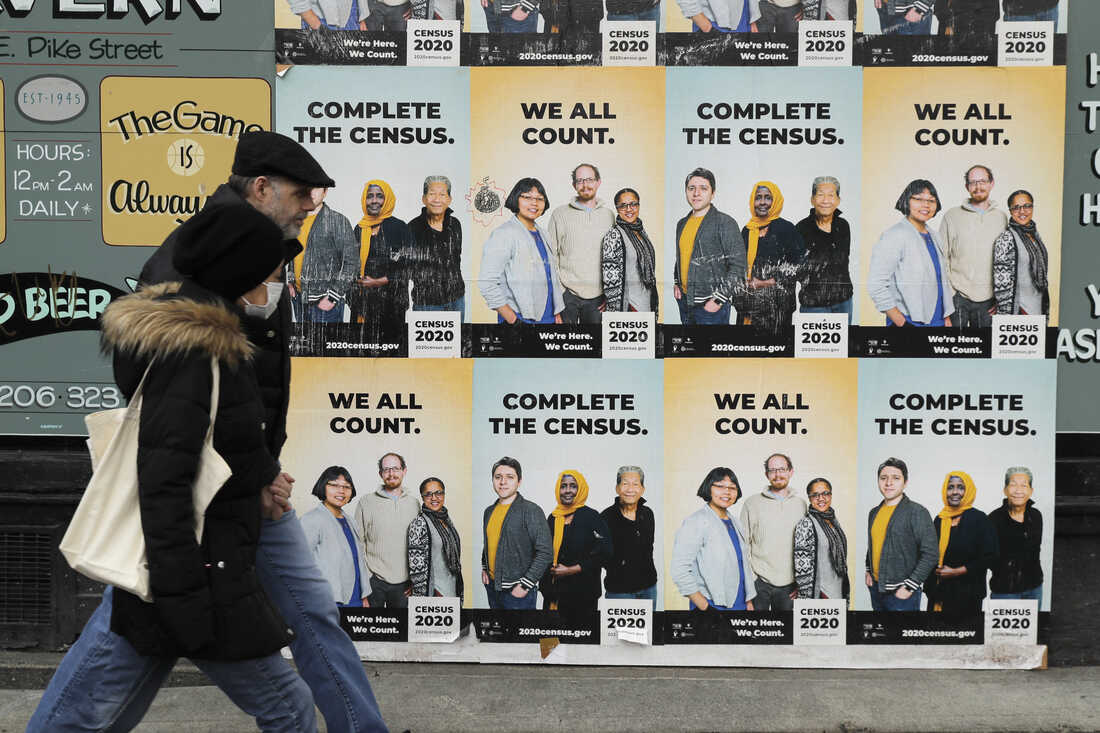
These 2020 census results break down people’s race and ethnicity into details

People walk past posters encouraging census participation in Seattle in 2020. Ted S. Warren/AP hide caption
toggle caption
Ted S. Warren/AP

People walk past posters encouraging census participation in Seattle in 2020.
Ted S. Warren/AP
The latest set of 2020 census results, released Thursday, offers a nuanced look at the racial and ethnic diversity of the United States.
Forms for that last U.S. census not only let people check off multiple boxes to answer the race question but also allowed more participants to report detailed responses about their race and ethnicity than past national head counts.

For the first time since 1960 — when the Census Bureau started allowing U.S. residents to self-report their identities — the agency asked people who marked the box for “White” and/or “Black” to also fill out a write-in area with their non-Hispanic origins, such as German, Haitian, Irish or Jamaican.
Those prompts also encouraged more people of Middle Eastern or North African descent — who, for now, are officially categorized by the U.S. government as white — to share details about their backgrounds.
The bureau has tried to match all of the write-in responses to its public list of official categories. But identity can be messy and hard to capture neatly, so some of those classifications can be hard to decipher. Additionally, some people chose not to write a detailed response about their identity. In those cases, the Census Bureau described their responses as “not specified.”
Here’s the breakdown of people’s responses:
Loading…
Loading…
Loading…
Loading…
Loading…
Loading…
Loading…
Loading…

Edited by Alyson Hurt and Benjamin Swasey, with copy-editing by Preeti Aroon
Source: https://www.npr.org/2023/09/21/1200130022/2020-census-results-race-ethnicity















